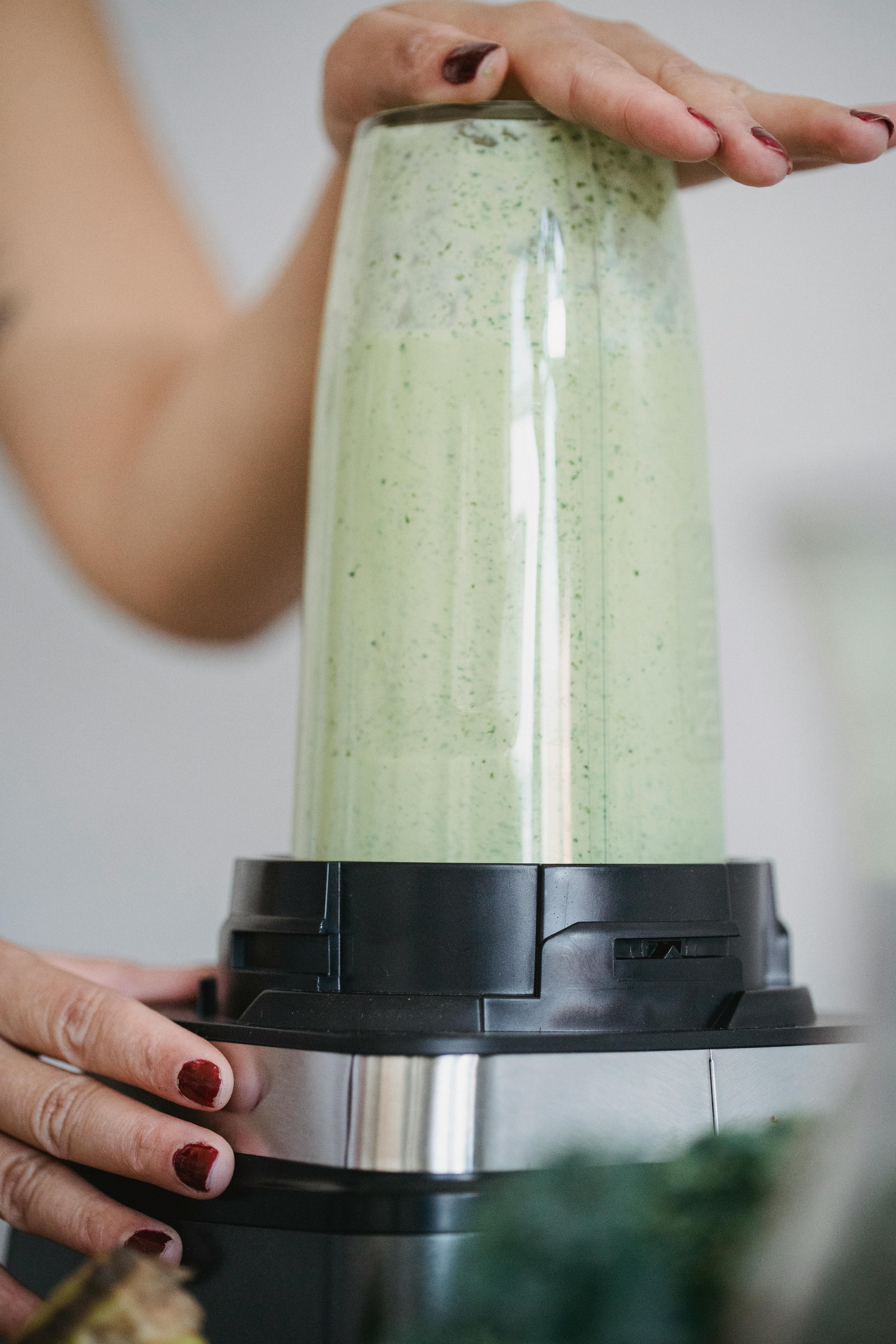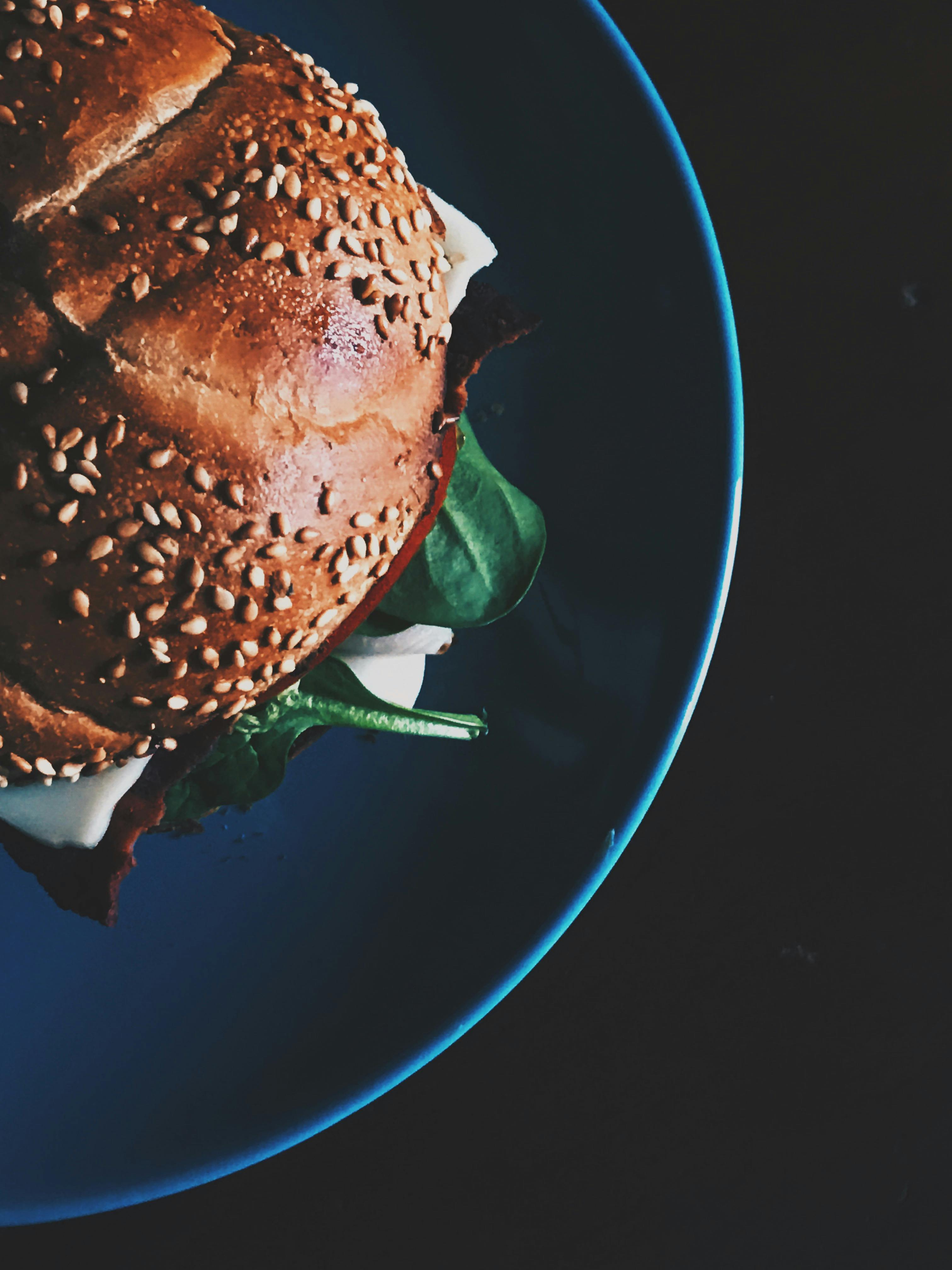Smart Ways to Optimize Clean Simple Eats Greens for Relevant Nutrition in 2025
As we approach 2025, the landscape of nutrition continues to evolve, emphasizing the importance of clean eating. Clean Simple Eats offers an array of greens that serve as a foundation for a balanced diet full of flavor and health benefits. By optimizing these greens, you can elevate your nutrition game while embracing a variety of healthy recipes geared towards plant-based and vegetarian diets. In this article, we will explore methods for incorporating more greens into your meals, enhancing their benefits, and making clean eating accessible and enjoyable.
The Nutritional Benefits of Greens
Greens are at the forefront of a nutritious diet, and understanding their health advantages is crucial when focusing on clean eating habits. Leafy vegetables, such as spinach and kale, are brimming with essential vitamins and minerals, including folate, iron, and calcium. These **nutrient-dense foods** are also rich in fiber, which supports digestive health and aids in weight management. By including a variety of greens in your meals, you harness their antioxidant properties, which help reduce oxidative stress and inflammation.
Incorporating Greens into Simple Meals
One of the most effective ways to ensure you’re reaping the benefits of greens is to seamlessly incorporate them into your everyday meals. Simple meals can be transformed with just a handful of fresh herbs or leafy greens. For instance, adding kale to your morning smoothie boosts its nutrient profile significantly. Alternatively, consider preparing a **fresh salad** using seasonal vegetables, drizzled with a homemade dressing that satisfies your taste buds while supporting your health goals. These easy cooking techniques not only enhance flavor but also make consuming greens an enjoyable experience.
Plant-Based Diets Featuring Greens
For those following a plant-based diet, greens are indispensable. They serve as versatile ingredients in vegetarian dishes and can be the star of various low-calorie recipes. Dishes like quinoa bowls topped with sautéed collard greens and roasted seasonal vegetables not only highlight their versatility but also provide a protein source when combined with beans or lentils. By focusing on meal preparation that prioritizes greens, you can create energizing meals that align with a gluten-free lifestyle and are suitable for meal replacement options.
Developing Healthy Cooking Habits
Creating a foundation for a healthy lifestyle often starts with developing clean cooking practices. Focused attention to kitchen essentials can help maximize the nutritional benefits of your meals. When preparing greens, opt for light cooking methods like steaming or sautéing with healthy fats, which enhances the availability of nutrients. Incorporating **herbal recipes** into your cooking repertoire can also encourage fresh flavor profiles without compromising health aspects.
Cooking Techniques for Retaining Nutrients
The method by which greens are cooked can significantly affect their nutritional value. For instance, overcooking can lead to the loss of essential vitamins and minerals. To preserve nutrient content while preparing flavorful dishes, consider lightly steaming vegetables or incorporating them raw in salads or smoothies. Using healthy fats, such as olive oil, can enhance the flavor while promoting the absorption of fat-soluble vitamins present in greens. Introducing cooking techniques like blanching can also help retain color and crispness, showcasing the beauty of your greens.
Meal Planning for Success
A well-thought-out meal plan plays a vital role in optimizing your clean eating journey. When meal planning, include a diverse selection of greens to ensure a broad spectrum of nutrients. Managing portion control and integrating various recipes can also thwart mindless eating, paving the way for more purposeful grocer shopping for organic produce. Try to incorporate weekly meal ideas that feature **nutritious snacks** and quick recipes using leftover greens, simplifying your approach to cooking while minimizing waste.
Exploring Greens Variety for Flavor and Nutrition
The world of greens is vast, offering a multitude of options that not only enhance nutrition but also add exciting flavor profiles to your meals. By diversifying the greens you consume, you promote **food diversity**, making mealtime a pleasurable experience. Experimenting with different greens, like arugula, bok choy, or Swiss chard, provides new textures and tastes that can refresh your approach to everyday cooking.
Seasonal Vegetables and Greens Pairing
Utilizing seasonal vegetables in conjunction with greens can heighten both flavor and health benefits. In the summer months, try pairing **fresh salads** made from spinach, heirloom tomatoes, and crunchy peppers dressed with lemon juice. During the winter, consider warm sautéed greens together with root vegetables like carrots and radishes. This practice not only supports local farmers but reinforces the concept of sustainable eating.
Repurposing Leftover Greens
One excellent strategy for reducing food waste is to repurpose leftover greens into new dishes. Greens that have wilted slightly can be blended into **green smoothies** or used in omelets for breakfast, ensuring that their nutrients aren't lost. Incorporating **nutritious snacks** made from blended greens and fruits provides an excellent energy boost. This method aligns with mindfully utilizing what you buy, reinforcing the importance of effective cooking practices and food sustainability.
Key Takeaways
- Incorporate a variety of greens for a nutrient-dense diet.
- Develop healthy cooking habits focusing on preserving nutrients.
- Plan meals around seasonal produce to boost flavor and health benefits.
- Repurpose leftover greens creatively to minimize waste.
- Eat mindfully and enjoy the vibrant flavors of clean eating.
FAQ
1. What are some quick recipes to incorporate greens into my meals?
To quickly add greens to your meals, consider preparing simple salads with mixed greens and seasonal veggies. Smoothies are another excellent choice; just blend spinach or kale with fruits like bananas or berries for a nutritious drink. Stir-fries incorporating diverse greens and whatever vegetables you have on hand also make for effortless weeknight meals.
2. How can I ensure I'm consuming enough fiber-rich foods with clean eating?
To include more fiber-rich foods in your clean eating regimen, emphasize the consumption of whole grains, legumes, and a variety of greens. Incorporate snacks like hummus with raw vegetables or veggie sticks, which provide both fiber and satisfaction without excessive calories. Additionally, tracking your meal structures can help you achieve your daily fiber targets consistently.
3. What are some health benefits of a plant-based diet?
A plant-based diet is linked to several health benefits, including lower risks of heart disease, hypertension, diabetes, and certain cancers. By focusing on **nutritious foods**, predominantly whole foods and greens, you’ll often consume fewer calories while enjoying a higher intake of essential nutrients, leading to improved overall wellbeing and health.
4. How can I develop my cooking skills for better meal prep?
Taking cooking classes or following online tutorial videos can significantly improve your culinary skills. Practice using simple ingredients like greens in various recipes to build your confidence in the kitchen. Experimenting with new cooking methods and techniques can also enhance your meal prep proficiency and make clean eating more enjoyable.
5. What are some effective meal planning tips for busy individuals?
For busy individuals, dedicating a few hours weekly to prepare meals can be beneficial. Choose quick recipes and batch cook greens dishes that can be frozen for future use. Having a set grocery list that features local and seasonal produce can streamline your shopping process. Creating a meal calendar can help you stay organized and focused on your clean eating goals.
By prioritizing greens in your diet and implementing these smart optimization strategies, you can enjoy a balanced, flavorful, and health-oriented lifestyle well into 2025 and beyond.


